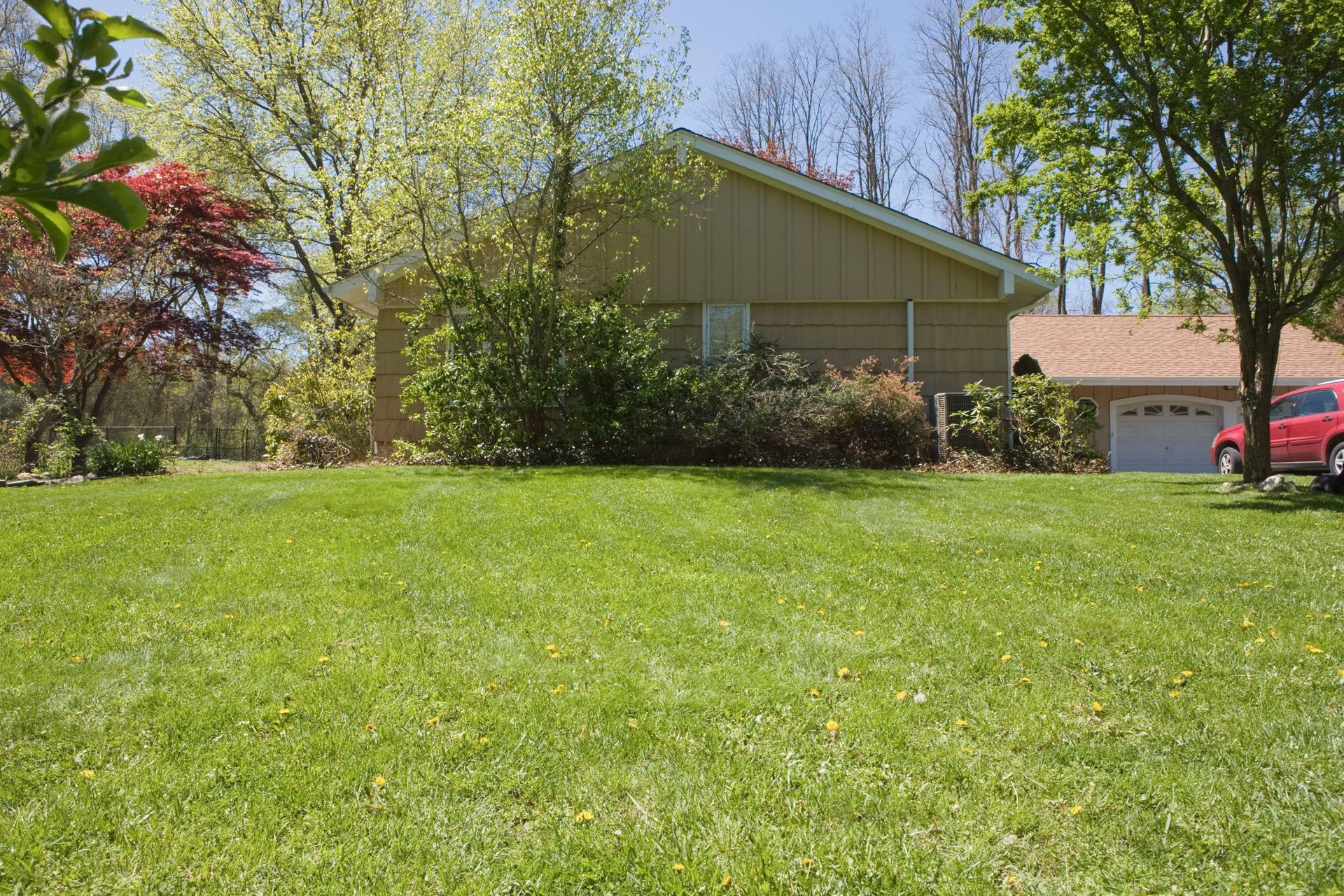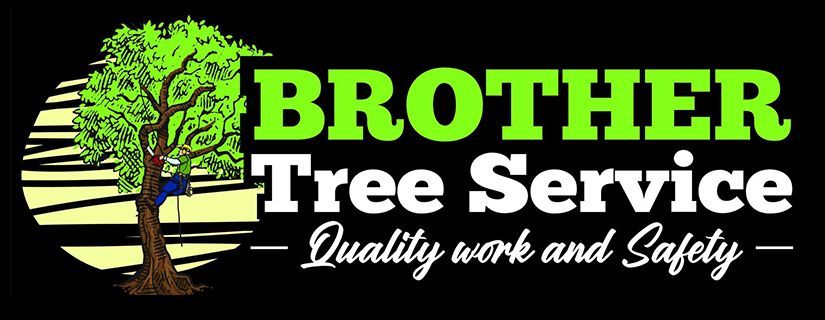November 17, 2025
Having a lush, green lawn is a dream for many homeowners. However, maintaining that perfect lawn requires knowledge, effort, and regular upkeep. In this article, we delve into some essential lawn care tips that every homeowner should know to ensure their lawn stays healthy and beautiful year-round. For comprehensive support, many homeowners rely on professional landscaping services to guide their efforts.
Watering Wisely
Understanding Lawn Water Needs
Determining how much water your lawn needs is critical to its longevity and vitality. Understanding your lawn's specific needs can prevent both under- and over-watering, which can lead to disease, thinning, or wilting. Regular monitoring and adjustments ensure an adequate water supply for robust growth and color. Watering efficiently is both environmentally and financially beneficial, according to IBISWorld, the U.S. landscaping services market was valued at approximately $178.4 billion in 2024, emphasizing the importance of resource conservation in lawn care practices.
Timing Lawn Watering
The timing of lawn watering can significantly impact its effectiveness and efficiency. Early morning is usually the best time to water, as cooler temperatures minimize evaporation and allow grass to absorb moisture thoroughly. Watering in the evening may lead to prolonged moisture, promoting disease development. Efficient watering schedules ensure that the lawn remains hydrated when it needs it the most, particularly during active growth stages. Many landscaping services provide guidance on optimizing watering schedules for the best results.
Fertilizing Effectively
Choosing the Right Fertilizer
Selecting the appropriate fertilizer is essential for meeting your lawn's nutrient needs and fostering robust growth. Factors such as existing soil conditions, grass type, and specific nutrient deficiencies guide fertilizer selection. Homeowners should choose fertilizers with balanced NPK ratios that address these factors, ensuring the lawn receives comprehensive nutrition. Organic options, like compost, may offer long-term benefits with improved soil health and reduced environmental impact. Landscaping services can help select the right fertilizer to suit your lawn’s unique requirements.
Timing and Frequency of Fertilization
The timing and frequency of fertilization significantly affect lawn performance and health. Seasonal cycles guide application schedules, with many lawns benefiting from at least two yearly applications, often in spring and fall. Over-fertilization can lead to growth imbalances and environmental issues, while under-fertilization might yield pale, sparse grass. Regular, appropriately timed fertilization integrates into comprehensive lawn care strategies, aiming for consistency and balance. By adhering to a tailored schedule, homeowners can maximize the beneficial impacts of fertilization on their lawns, a service often offered by professional landscaping services.
Applying Fertilizer Properly
Effective fertilizer application involves distributing nutrients evenly and accurately across the lawn. Handheld or broadcast spreaders offer practical solutions to cover large areas, while precision tools can be used for specific locations. Ensuring even application prevents overloading certain areas while leaving others barren. Calibration and proper spreading settings tailored to your fertilizer type and lawn condition enhance distribution effectiveness. Mastery of application methods supports consistent grass growth and optimal nutrient use, which is a skill provided by many landscaping services.
Controlling Weeds and Pests
Identifying Common Lawn Weeds
Identifying lawn weeds forms the backbone of an effective weed management strategy. Common offenders such as dandelions, crabgrass, and clover often invade lawns, competing with desired grass for nutrients and sunlight. These weeds each present unique challenges, making accurate identification crucial. Lawn caretakers can employ various methods, from visual identification to guides and apps, to bolster recognition skills. Early detection aids in implementing timely remedies, reducing the time and resources spent combating infestation later. Landscaping services often provide expert identification and treatment plans for effective control.
Preventing Weed Infestation
Proactively preventing weed infestation entails adopting several integrated lawn care strategies. Maintaining a thick, healthy lawn through regular mowing, proper fertilization, and adequate watering forms a natural weed barrier. Additionally, applying pre-emergent herbicides can prevent the germination of weed seeds. Minimizing bare spots and repairing damage promptly further helps deter weed establishment. Consistent prevention efforts ensure a weed-free, manicured lawn that complements other efforts in maintaining its beauty.
Using Natural Weed Control Solutions
Eco-friendly approaches to weed control focus on minimizing environmental impact while maintaining lawn quality. Techniques such as hand pulling and using boiling water target specific weeds safely. Corn gluten meal acts as a natural pre-emergent weed controller, while vinegar solutions tackle young weeds effectively. By opting for natural solutions, homeowners contribute to healthier soil biology and reduced chemical usage. Embracing these alternatives aligns with sustainable practices while achieving desired results.
Detecting Lawn Pests Early
Detecting pests early is critical in maintaining a healthy lawn, as unchecked infestations cause significant damage and stress. Common lawn pests include grubs, chinch bugs, and sod webworms, each identifiable via specific signs such as discolored or patchy grass. Regular monitoring of your lawn through visual inspection and physical sampling helps catch pests before they become problematic. Pesticides can play a role in integrated pest management strategies, confronting severe cases and restoring lawn health. Prioritizing detection and intervention enables lawns to rebound swiftly.
Adapting Lawn Care to Seasonal Changes
Reviving the Lawn in Spring
As winter wanes, spring presents the perfect time to rejuvenate your lawn for another growing season. Begin by clearing debris such as branches and leaves over winter to restore airflow and sunlight to grass blades. Look for weak spots caused by winter conditions, and reseed or repair them as necessary. Fertilization and soil amendments reinvigorate the root system, setting the stage for healthy growth. Thoughtful spring preparation ensures your lawn enters the productive season with strength and ample resources to thrive.
Maintaining the Lawn in Summer
Maintaining your lawn during summer months necessitates careful attention to hydration and heat stress management. Frequent mowing at higher blade heights provides shade and promotes deeper root growth, enhancing resilience. Drought-tolerant grass varieties may help temper the effects of intense sun exposure and searing temperatures. Consider reducing foot traffic when heat peaks to minimize wear, optimizing recovery time afterward. Sustained summer care ensures a vibrant, green lawn through challenging conditions without excessive labor or expense.
Preparing the Lawn for Fall
Preparing your lawn for winter involves strategic measures geared toward encouraging dormancy readiness. Overseeding strengthens lawns by thickening existing grass and closing bare spots, curbing future weed problems. Fertilizers high in potassium harden grass, bolstering cold tolerance and disease resistance. Aerating in autumn improves soil drainage and nutrient absorption, balancing the busy season ahead. Comprehensive autumnal care positions lawns to withstand dormant periods, rebounding vigorously come spring.
Caring for the Lawn in Winter
Winter lawn upkeep centers on minimizing stress and damage throughout the dormant stretch. Avoid excessive foot traffic over frozen or dormant grass to maintain turf integrity. Maintaining equipment ahead of winter and storing tools properly promises rapid response once conditions thaw. Soil testing for pH adjustments can take place in winter, preparing you for definitive action in spring. Yard consideration fosters healthier lawns ready to spring back demean winter stress.
Transitioning the Lawn Between Seasons
Seamless transitions between seasons fortify lawns against undue pressures accompanying swift climate shifts. Managing mower height, adjusting water schedules, and optimizing fertilization ahead of seasonal changes addresses fluctuating requirements. Solutions such as demystifying emerging conditions within your region encourage informed decisions. Coordination throughout seasonal interludes paves the way for year-long sustainability. Committing to transitional strategies achieves excellence across perennial pursuits in lawn care.
Maintaining a healthy lawn requires dedication and knowledge of essential lawn care practices. By understanding watering wisely, managing fertilization, controlling weeds and pests, and adapting to seasonal changes, homeowners can attain and sustain a vibrant, beautiful lawn. With these essential lawn care tips, you're well-equipped to tackle the challenges and joys of lawn care year-round. For professional lawn care guidance and landscaping services, contact Brother Tree Service today and let our team help you achieve the lush, healthy lawn you’ve always wanted.



